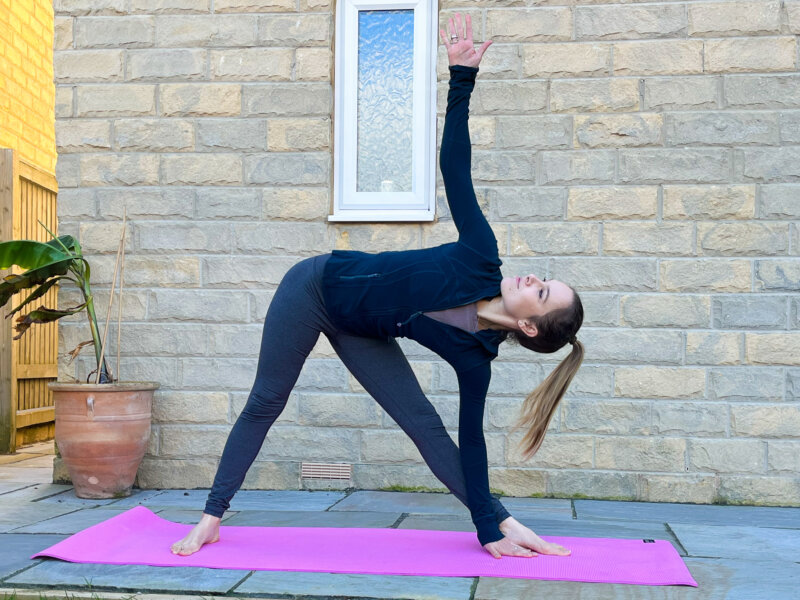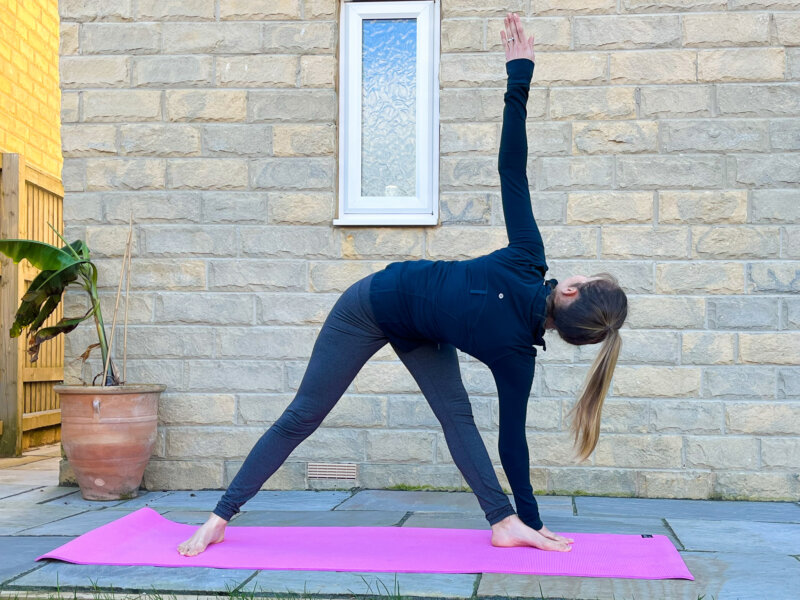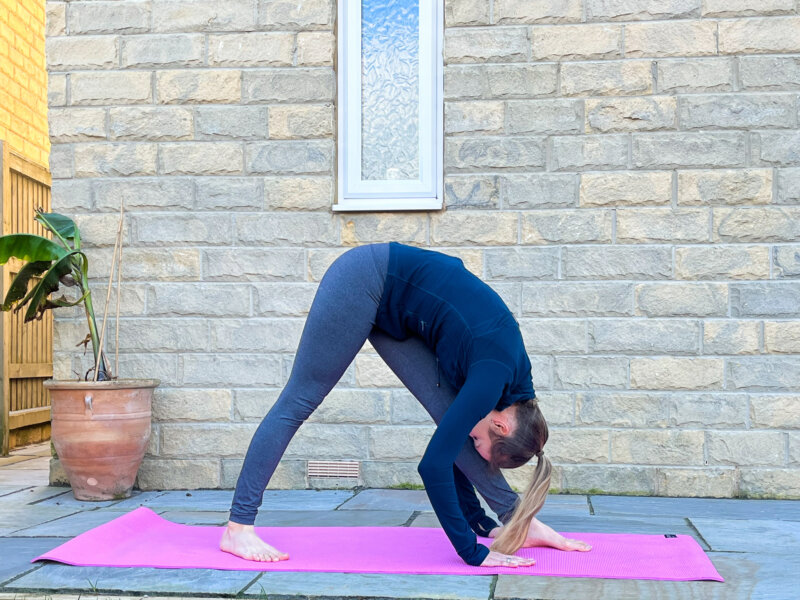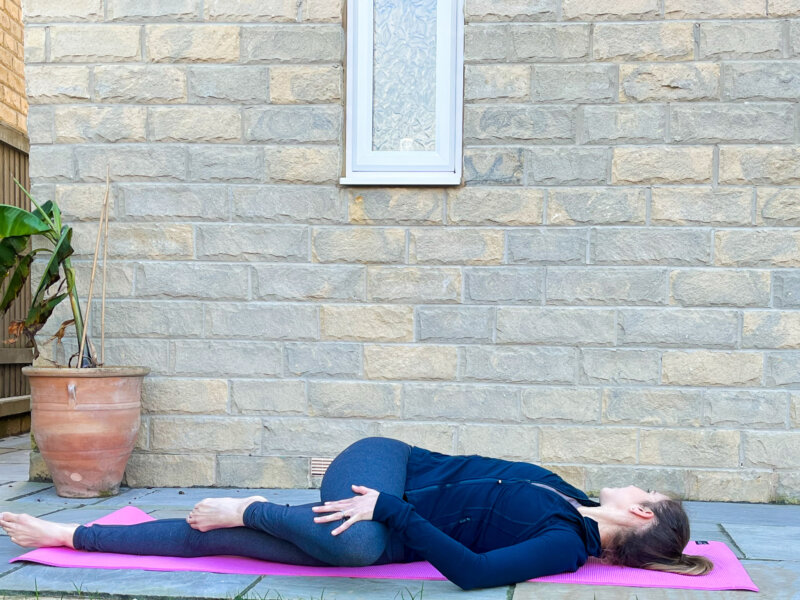Have you ever heard the saying:
“Your gut is your second brain.”
?
Well that’s because not only does it have a direct connection to your brain via the vagus nerve, but it’s that digestive fire that influences what and how much of what we eat gets digested and used within the body. Let’s face it, our guts are SO intelligent that they have a whole hidden, internal ecosystem of gut microorganisms (our gut microbiome) that ultimately affects its overall functioning and wellbeing.
Gut issues and digestive discomfort (whether that’s bloating, abdominal pain, irregular bowel movements etc.) can be debilitating and range from mild discomfort to rolling-around-on-the-floor pain – In fact, it’s something that I see way too often in my practice with my clients, and trust me, I’ve been there too so I know just how life altering it can be.
When our gut microbiome is balanced and humming along harmoniously, our food is digested, assimilated and absorbed more efficiently by the body which in turn affects the overall wellness and health of our bodies. When it’s in dysbiosis (an imbalance resulting in more of the ‘bad’ bacteria than the ‘good’), gut issues and digestive discomfort can occur, which to some can be life debilitating.
It’s not only how our food is digested that can affect the health of our gut, but also what we choose to put into our bodies. The more nourishing, plant-based whole-foods we can add into our diet, the more satisfied and balanced our digestive system will be. Now of course, nothing is that simple: That doesn’t mean you have to become vegan over night or cut out a hundred foods that you love to eat and it most certainly doesn’t mean that after years of gut dysbiosis a quick change of diet will sort everything out. Gut health & associated gut imbalances may take weeks, months or even years to rectify – you may even need the guidance of a health coach, nutritionist or medical professional to get you there – BUT guess what? There are a few Yoga poses that can help relieve some of that discomfort and encourage your digestive system to tick along that little bit smoother!
In Ayurveda, Agni is that internal digestive fire and many Yoga poses are known for stimulating and enhancing Agni to help improve that digestive fire, helping you to better assimilate the foods you eat and relieve digestive discomfort. Not only can practicing Yoga help to stimulate this digestive fire but it can also:
- Improve blood flow to the digestive organs (improving their health and functioning)
- Improve bowel movements by massaging the abdominal muscles
- Improve your mind-set and mental health leading to more nourishing food choices
There are SO many Yoga poses that can help improve your digestion and relieve pain and discomfort caused by gut issues, but here are 5 of my favourites (I recommend holding each pose for 5 breaths):
***I’ve also filmed a Yoga sequence showing you how you can put these 5 Yoga poses together to create an abdominal-massaging, digestive enhancing flow. Head to the end of this post to watch it or click the link here.

Triangle (Trikonasana)
- Stand at the top of the mat in Mountain Pose and step back with the left foot until feet are just over a leg-length apart. The right toes should be pointing towards the top end of the mat and the left toes are turned inwards slightly.
- Line the heel of the right foot up with the centre of the arch of the left foot or the heel of the left foot depending on what feels more comfortable for you.
- Keep a micro-bend in the right knee and draw up through the knee-caps.
- Lift your arms up to shoulder height, drawing the shoulder blades down the back and engage your core.
- Reach to the right, lengthening the underside of the body and begin to release the right arm down towards the inner thigh of the right leg, extending the left arm up to the ceiling. (The arm may reach the inner part of the calf, the floor or you may even choose to reach for a block)
- Press the back of the right hand against the inside of the leg.
- Lengthen through the spine and draw the top shoulder back and the top hip back so that the shoulders and hips are stacked.
- Look down, look forwards or up towards the top hand, depending on what feels more comfortable for you.
*Remember to repeat on the other side.

Revolved Triangle (Parvritta Trikonasana)
- Enter into Triangle Pose (see above).
- Lower the left hand down towards the right foot, lengthening through the spine. (You may once again choose to use a block here)
- Place the hand on the outer edge of the right foot and reach the right arm up towards the ceiling.
- Lengthen through the torso and draw back on the top shoulder.
*Remember to repeat on the other side.

Pyramid (Parsvottanasana)
- Begin in Mountain Pose and step back with the left foot until the feet are about one leg-length apart. Keep the right toes pointing forwards to the top edge of the mat and turn the left toes in at a 45 degree angle.
- Square your hips to the top of the mat and soften through your knees.
- Lengthen through the spine and broaden through the collar bones as you begin to hinge forwards from the hips and fold over the legs.
- Bring your hands in a prayer position at heart’s centre, join the hands behind your back in a reverse prayer position or reach for blocks on the floor.
- Engage your core, lengthen through your spine and focus on drawing the crown of your head forwards.
*Remember to repeat on the other side.

Half Lord Of The Fishes (Ardha Matsyendrasana)
- Sit up tall with your legs extended out in front of you. Ground down through your sitting bones.
- Bend the right knee and hug it in towards your chest. Bring your heel as close to your bottom as possible whilst maintaining the length through your spine.
- Take the right foot and step it over the left leg, placing the sole of the foot on the floor, keeping the left leg extended out in front on the mat. (Alternatively, you may choose to bend the left knee and bring the heel of the foot towards the right hip bone)
- Place the right hand behind the right sitting bone. Lift up tall through the crown of the head and maintain the length through the spine.
- Take the left arm to the outside of the right knee, pressing it firmly into the knee, using it as a lever in your twist. Relax your shoulders and try to avoid putting too much weight into the right hand.
*Remember to repeat on the other side.

Reclined Spinal Twist (Supta Matsyendrasana)
- Lie in a supine position on your back brining both knees in towards your chest.
- Take both knees over to the right, releasing them down onto the mat.
- Shift your hips slightly over to the left so that your spine is aligned and your knees are stacked on top of one another.
- Extend your arms out to the sides of your body at shoulder height (alternatively you may choose to bend the elbows for ‘Cactus Arms’).
- Take your gaze to the left finger tips and encourage your shoulder blades down towards the mat, softening them down your back and away from your ears.
*Remember to repeat on the other side.
1:1 Health Coaching
THESE ARE INDIVIDUAL SESSIONS THAT HELP YOU TRANSFORM YOUR LIFE AND HEALTH TO EMPOWER YOU TO BE THE CONFIDENT,...